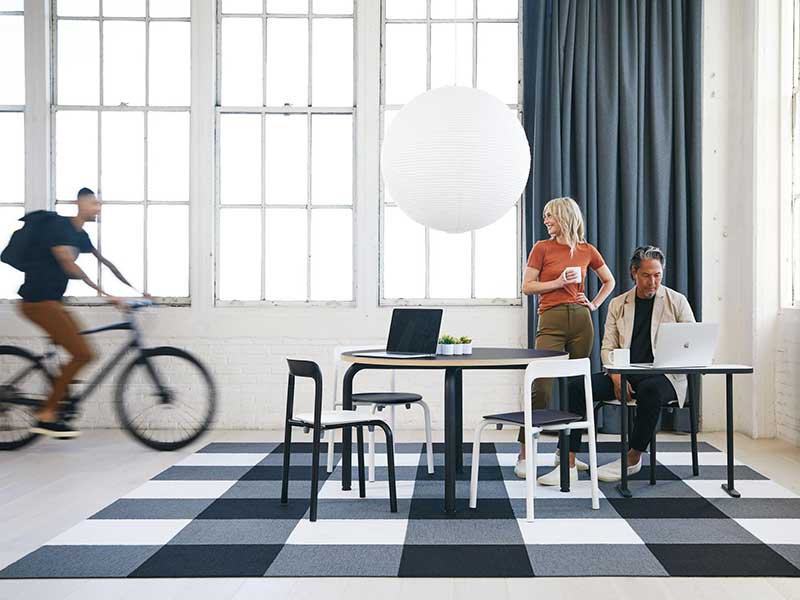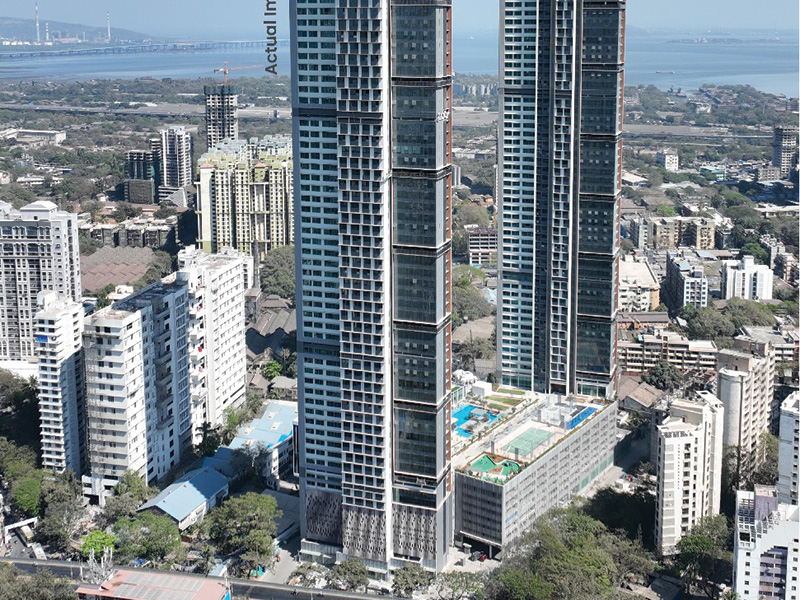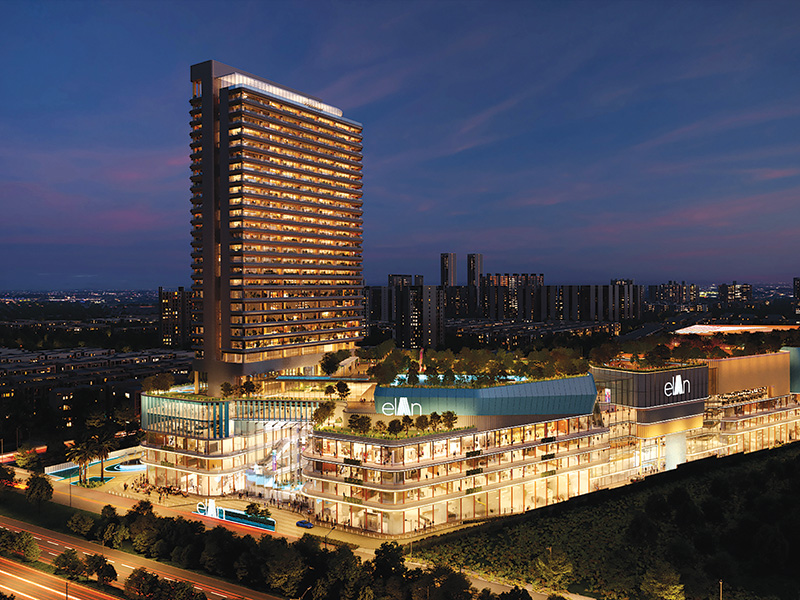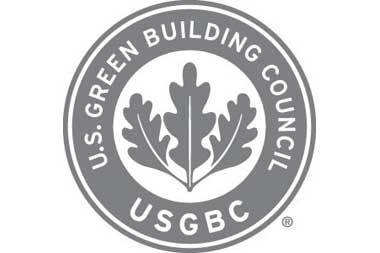
“These new credits are a first step in helping the building and construction industry demonstrate its commitment to sustainable strategies as part of building a healthier, more resilient future,” said Mahesh Ramanujam, President & CEO of USGBC. “Supporting environmental and occupant health is a critical part of supporting community health and, as we look ahead, we know LEED and the USGBC community will play a role in delivering solutions that lay a better foundation for our economic and environmental well-being.”
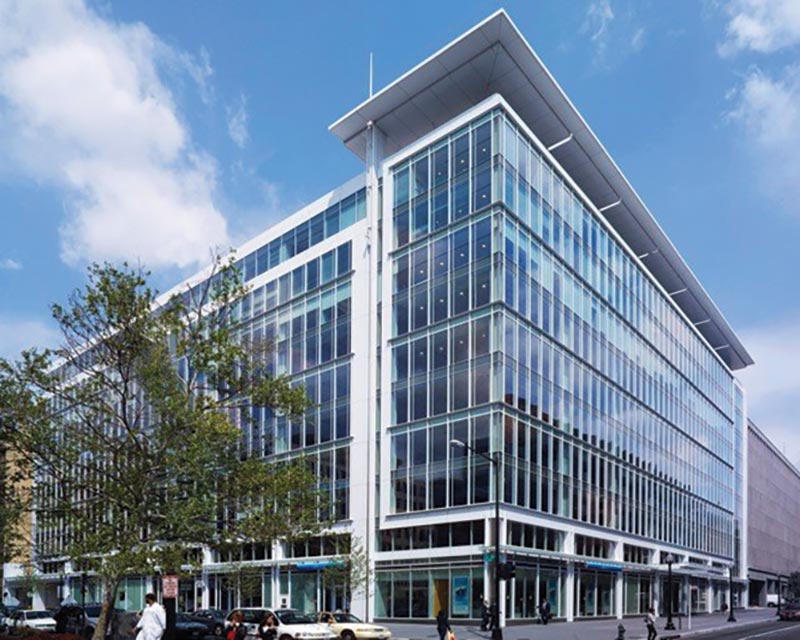
Re-Enter Your Workspace credit is a tool to assess and plan for re-entry, as well as measure progress once a space is occupied. It identifies sustainable requirements in building operations and human behavior that take precautions against the spread of the virus. It aligns with the American Institute of Architects (AIA) Re-occupancy Assessment Tool and requires transparent reporting and evaluation of decisions to encourage continuous improvement.
Building Water System Recommissioning credit helps building teams reduce the risk that occupants are exposed to degraded water quality. Building and business closures over weeks or months reduce water usage that can potentially lead to stagnant water and water that is unsafe to drink or use. The credit integrates recommendations from industry organizations and experts, including the U.S. EPA and CDC. It requires buildings to develop and implement a water management plan, coordinate with local water and public health authorities, communicate water system activities and associated risks to building occupants and take steps to address water quality from the community supply, as well as the building.
Managing Indoor Air Quality during Covid -19 credit builds on existing indoor air quality requirements and credits in LEED. Building teams should ensure that indoor air quality systems are operating as designed and determine temporary adjustments to ventilation that may minimize spread through the air. Additional considerations include increasing ventilation and air filtration, physical distancing of occupants and following measures outlined in public health and industry resources, as well as the guidance that also encourages monitoring and evaluating indoor air quality on an ongoing basis.
In addition to these new LEED pilot credits, projects can also take advantage of Arc Re-entry, a set of resources being launched to help facility teams assess and communicate recovery efforts, as well as the WELL Health-Safety Rating. GBCI will be providing third party certification support for the WELL Health-Safety Rating. USGBC is focused on sharing its recommendations with all projects, regardless of whether they are pursuing LEED certification, in an effort to continue to support economic recovery while also laying the foundation for society to be more sustainable, healthy and equitable.

